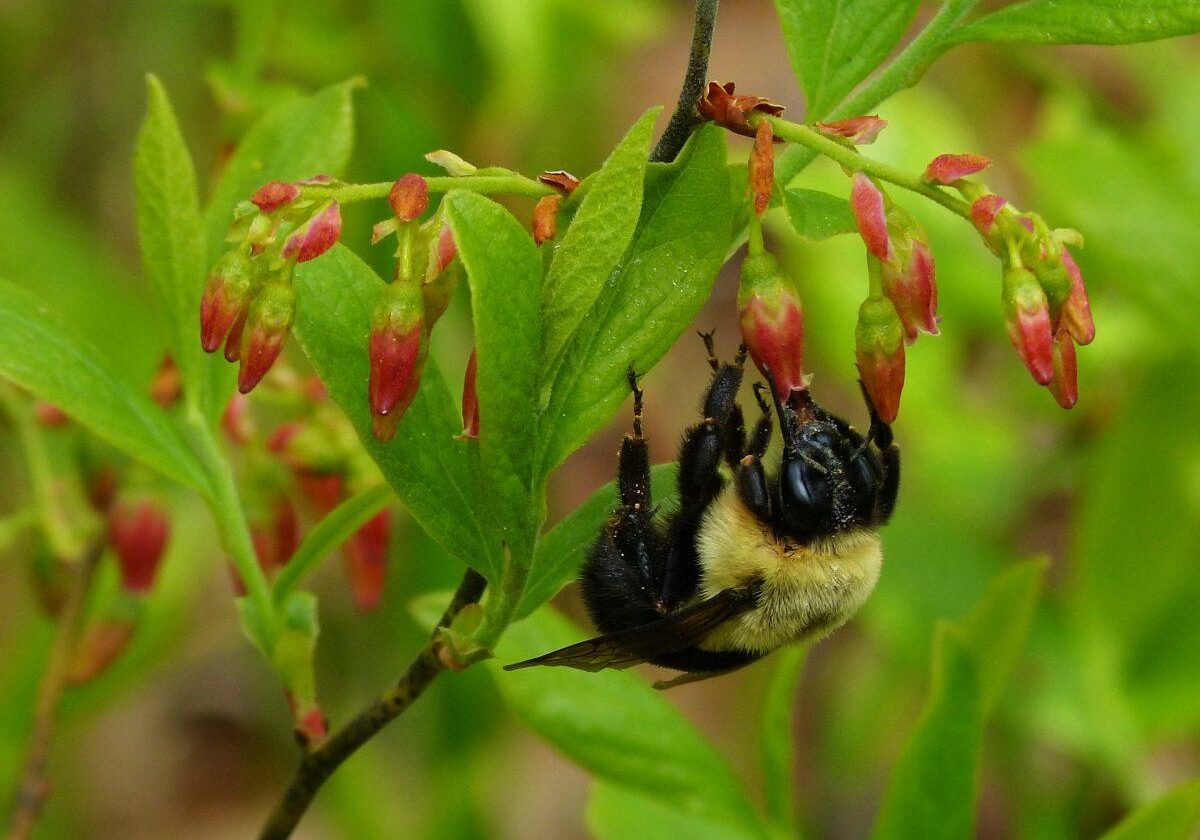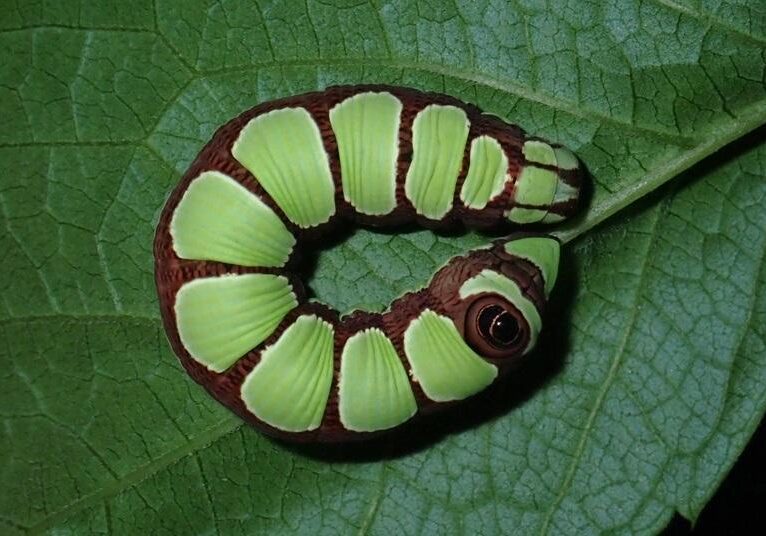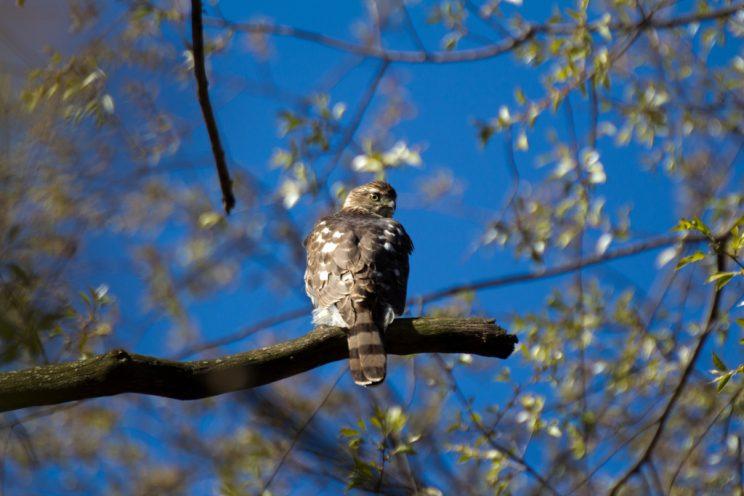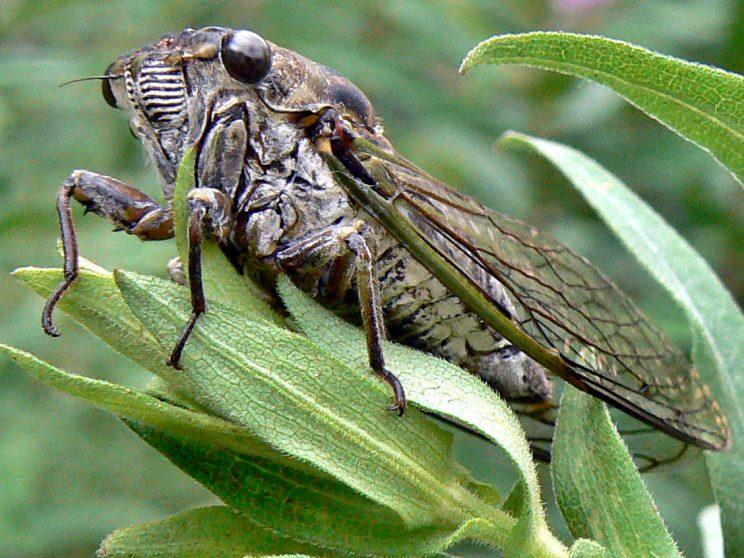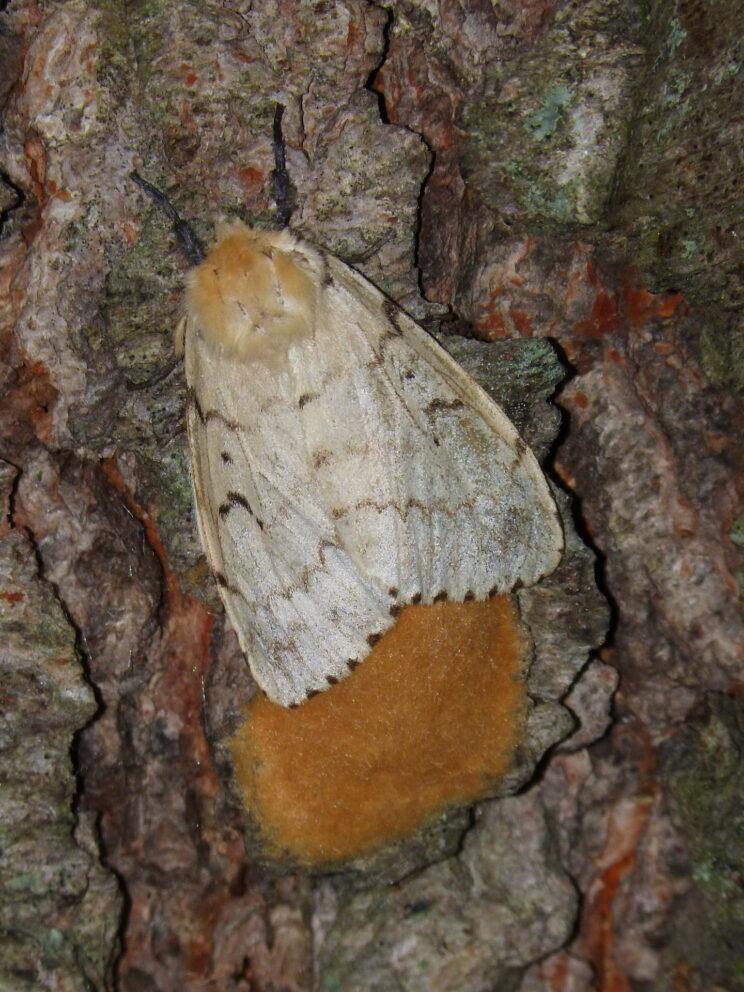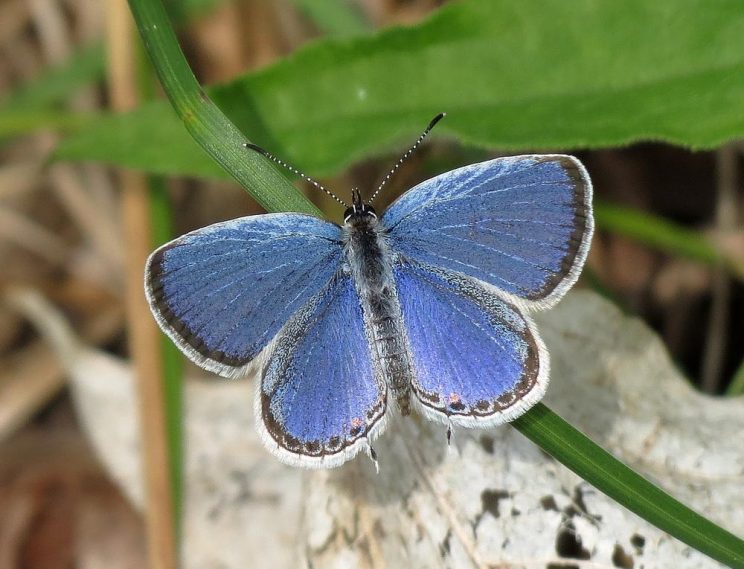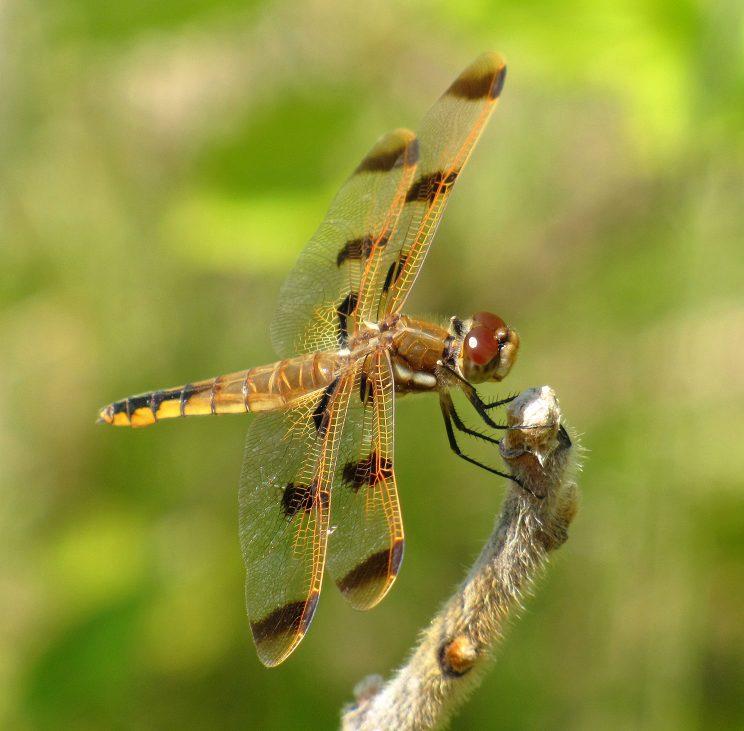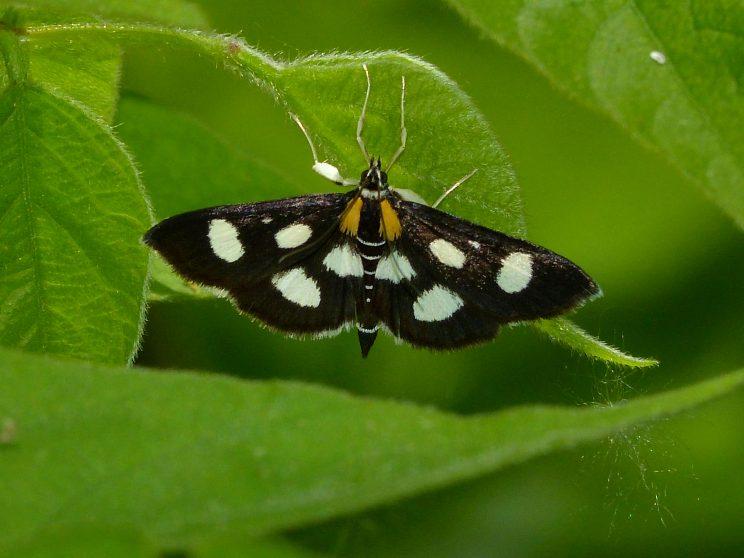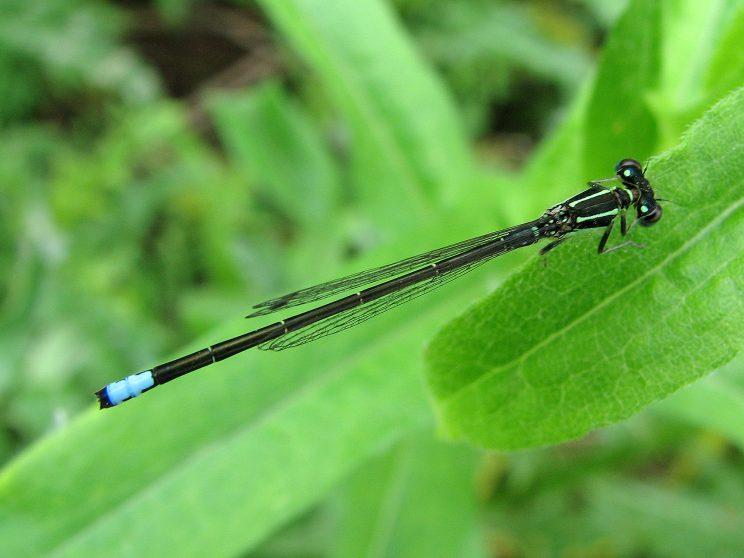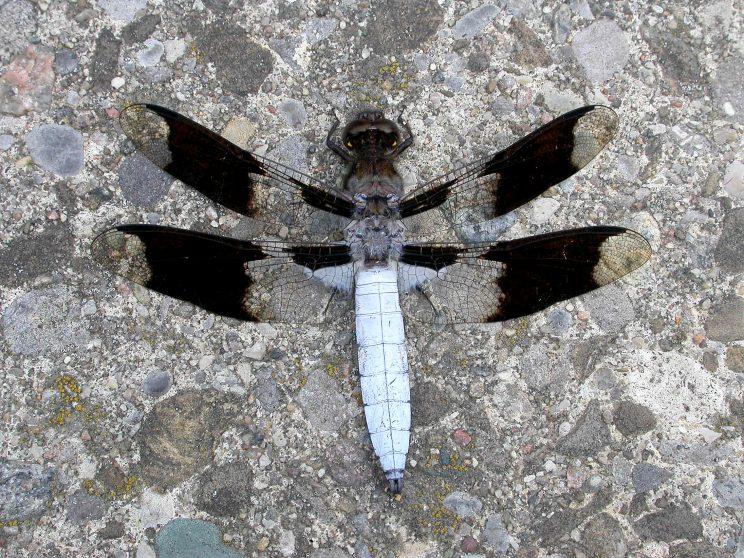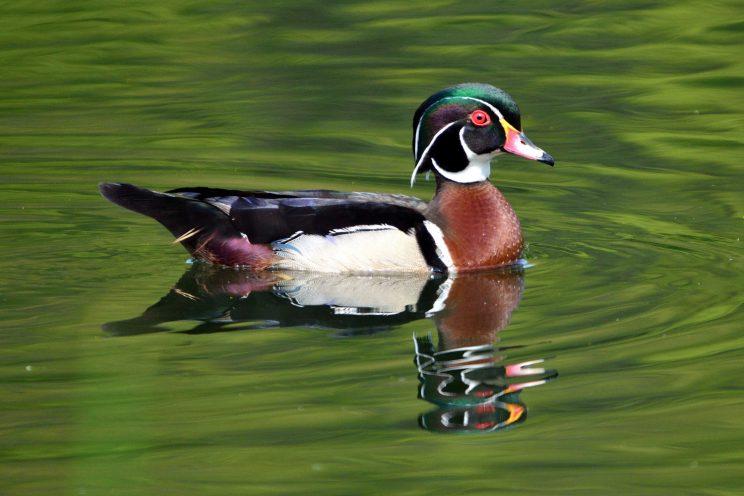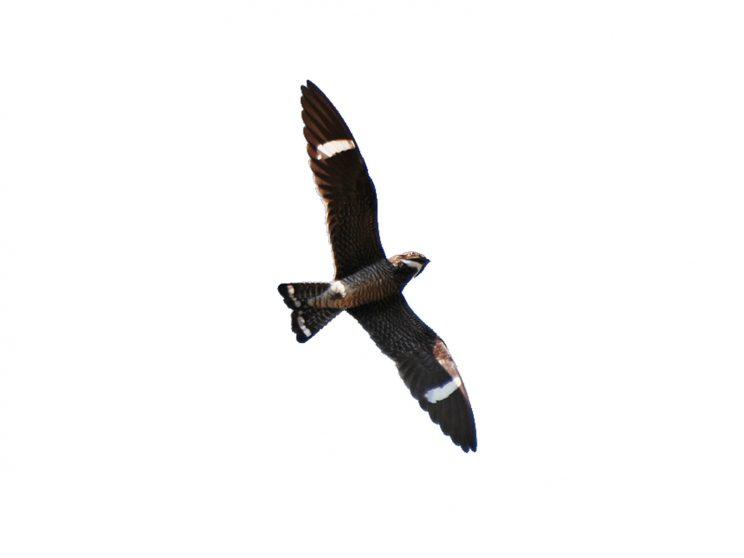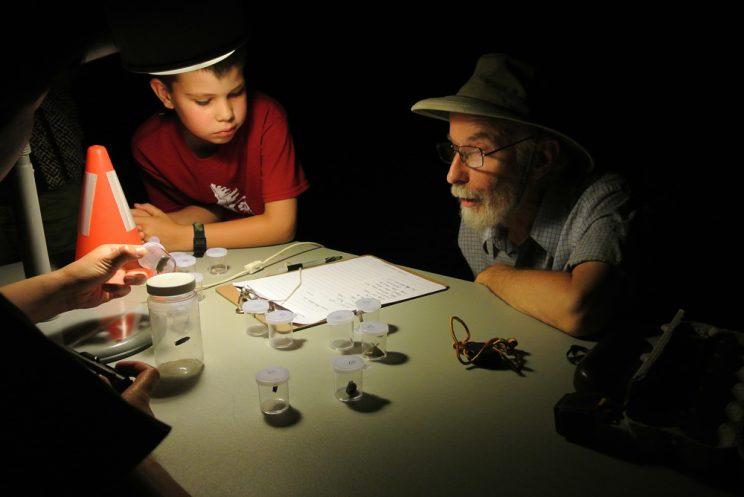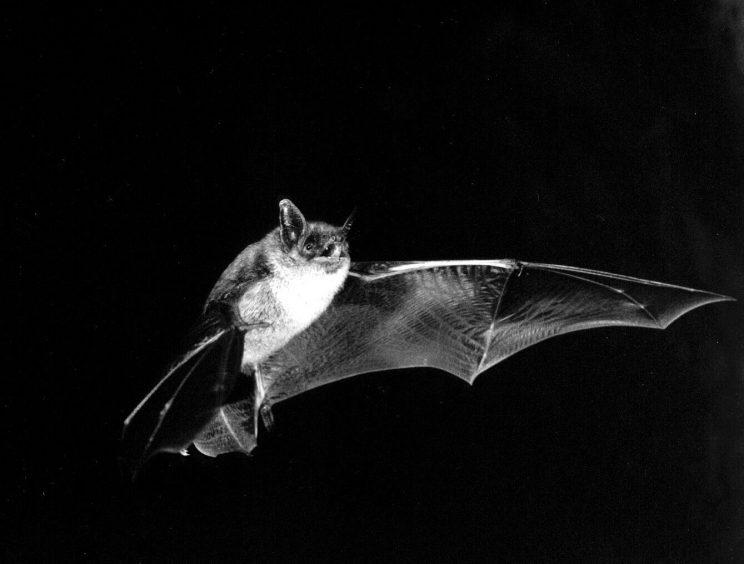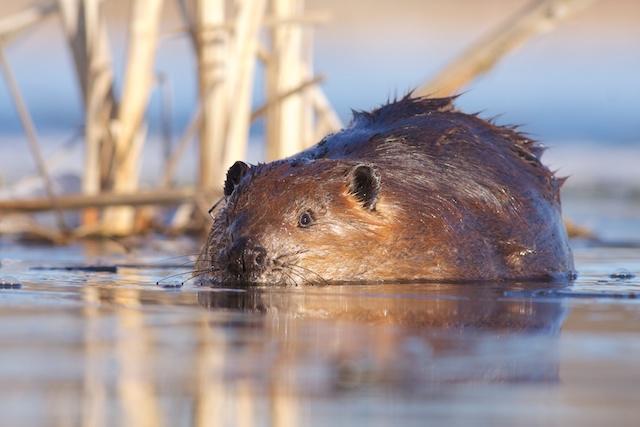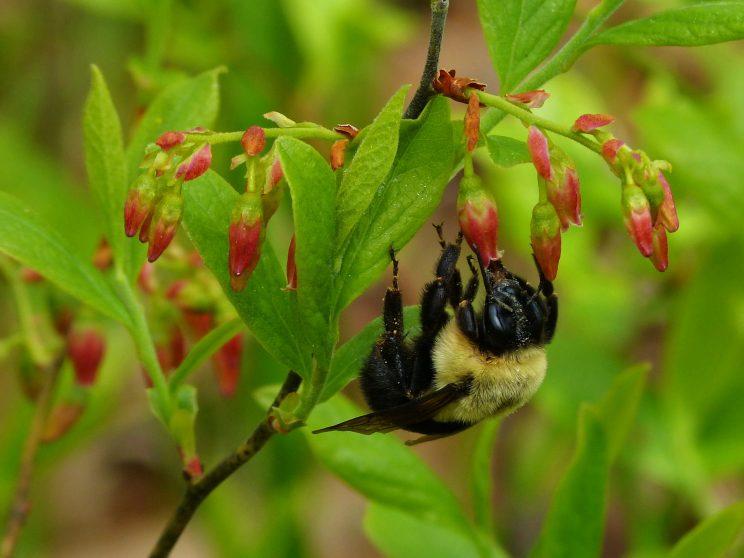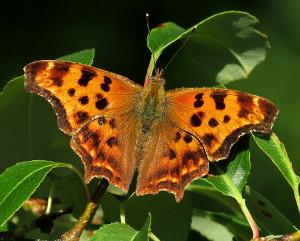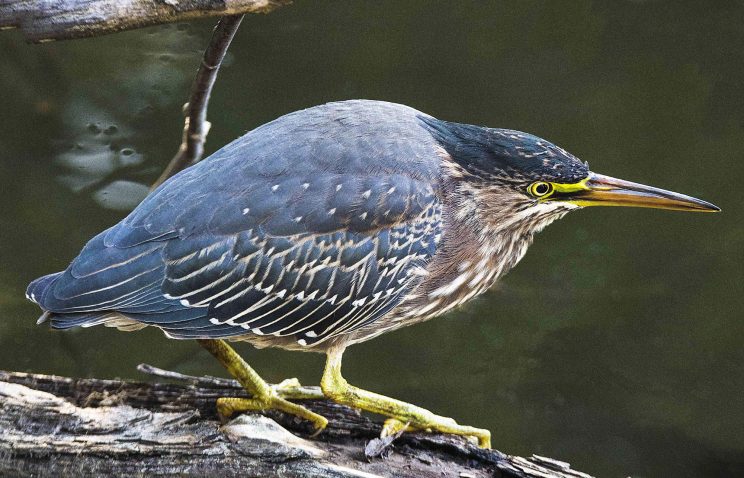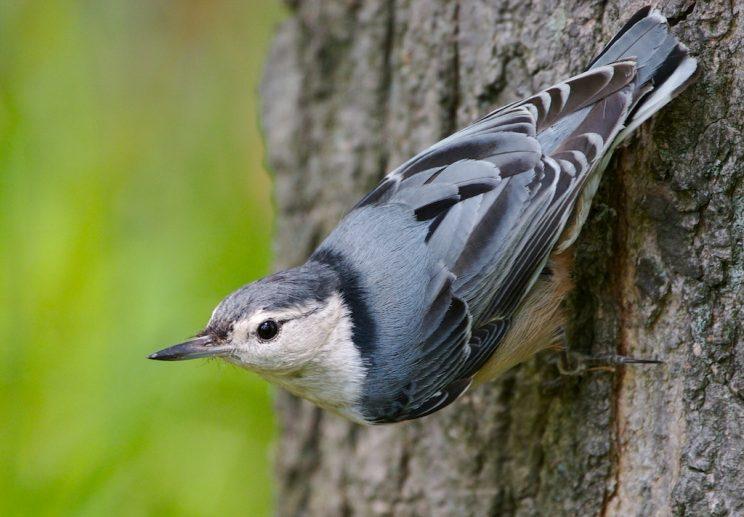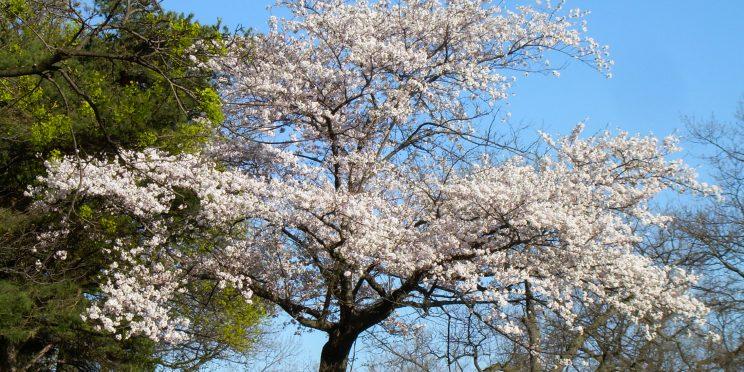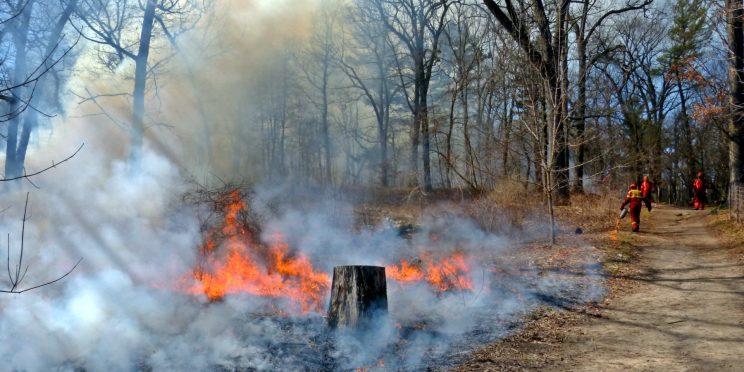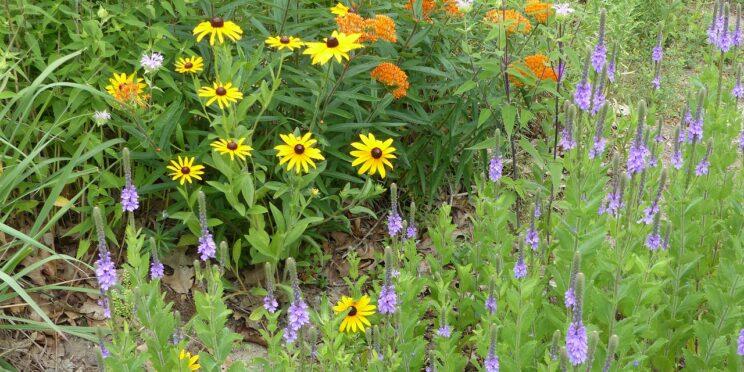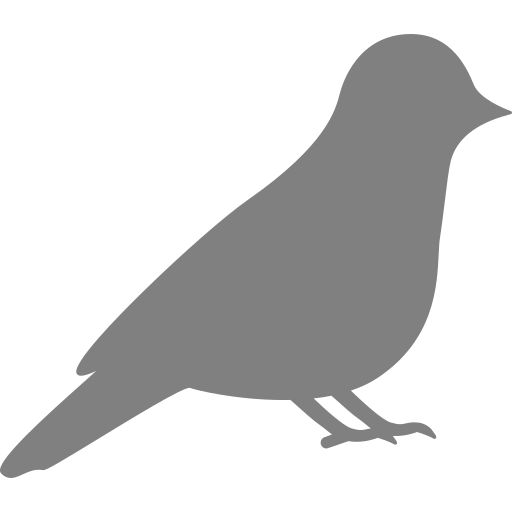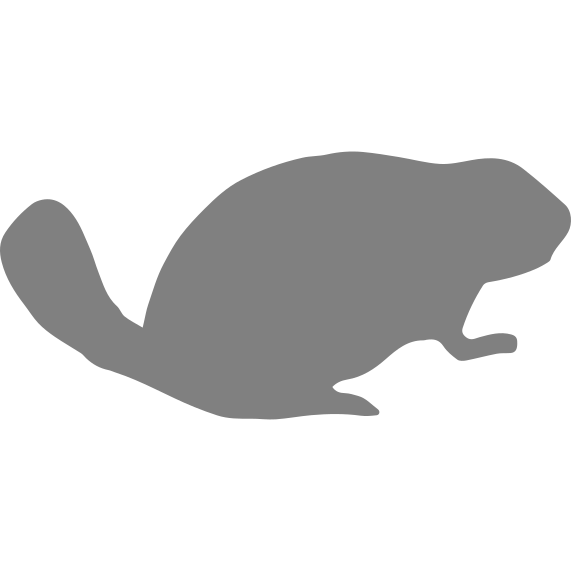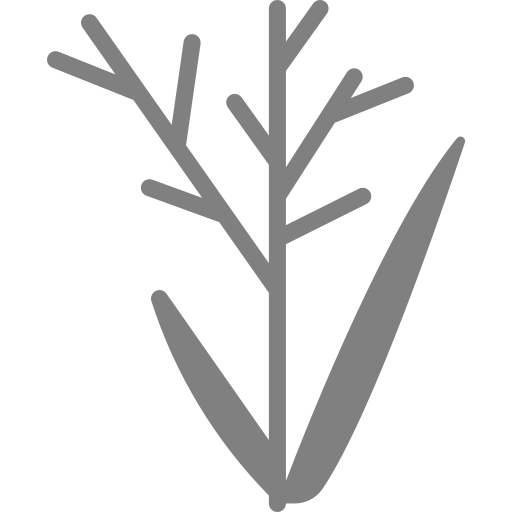High Park supports a wide variety of wildlife including chipmunks and bats, ducks, hawks and herons, fish and frogs, and numerous insects including butterflies and bees. Although it is situated in the heart of Canada’s largest city, High Park's size, diverse habitats and proximity to Lake Ontario and the Humber Valley make it attractive to both resident breeding species and migrants. A few opportunistic species have taken advantage of habitat changes and disturbances caused by human activities and recreational demands. Other mostly native species are already responding positively to ongoing restoration efforts.
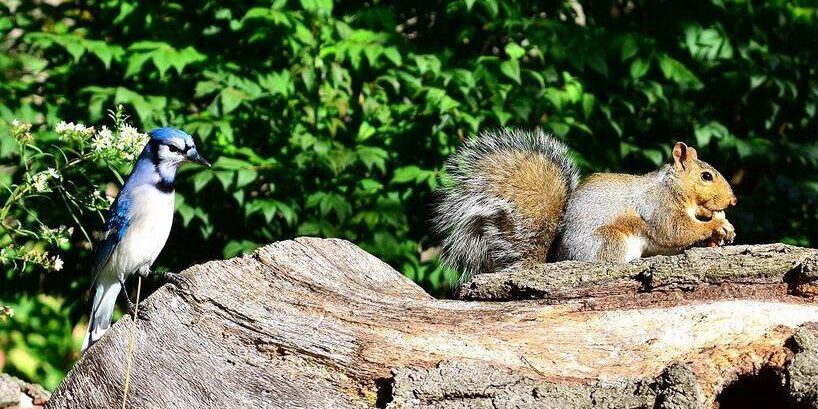
High Park's Wildlife by Numbers
267 species
of birds known to occur in High Park; well over 150 species are regularly seen and more than 50 species breed in the park
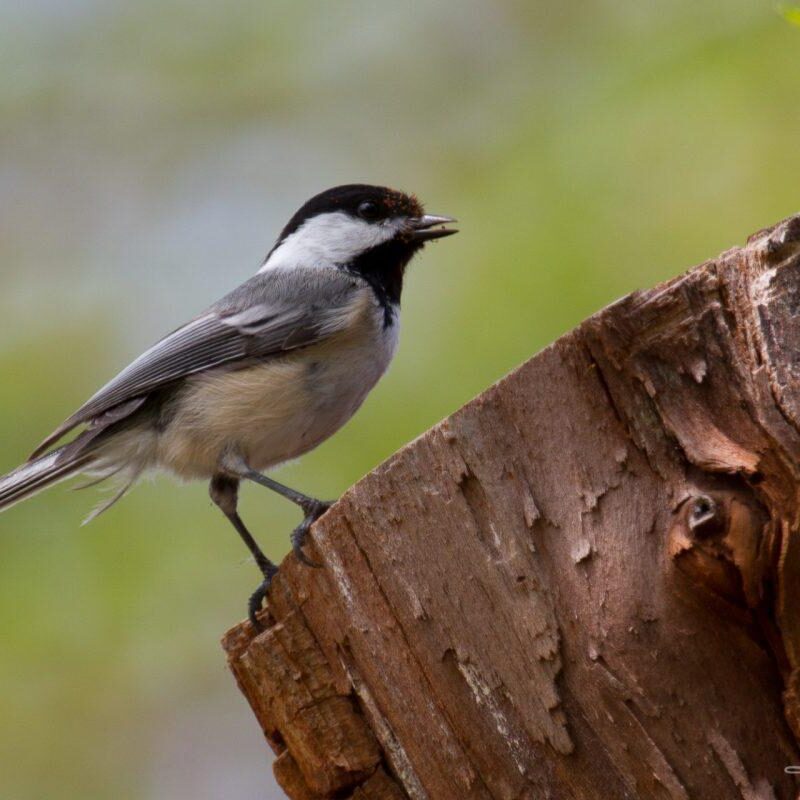
18 species
of mammals known to occur in High Park
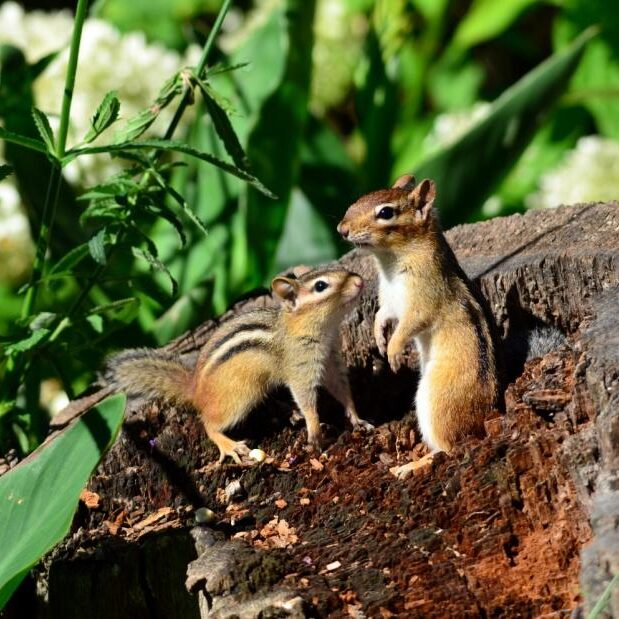
9 species
of herps - amphibians and reptiles; turtles, snakes, frogs and toads, salamanders
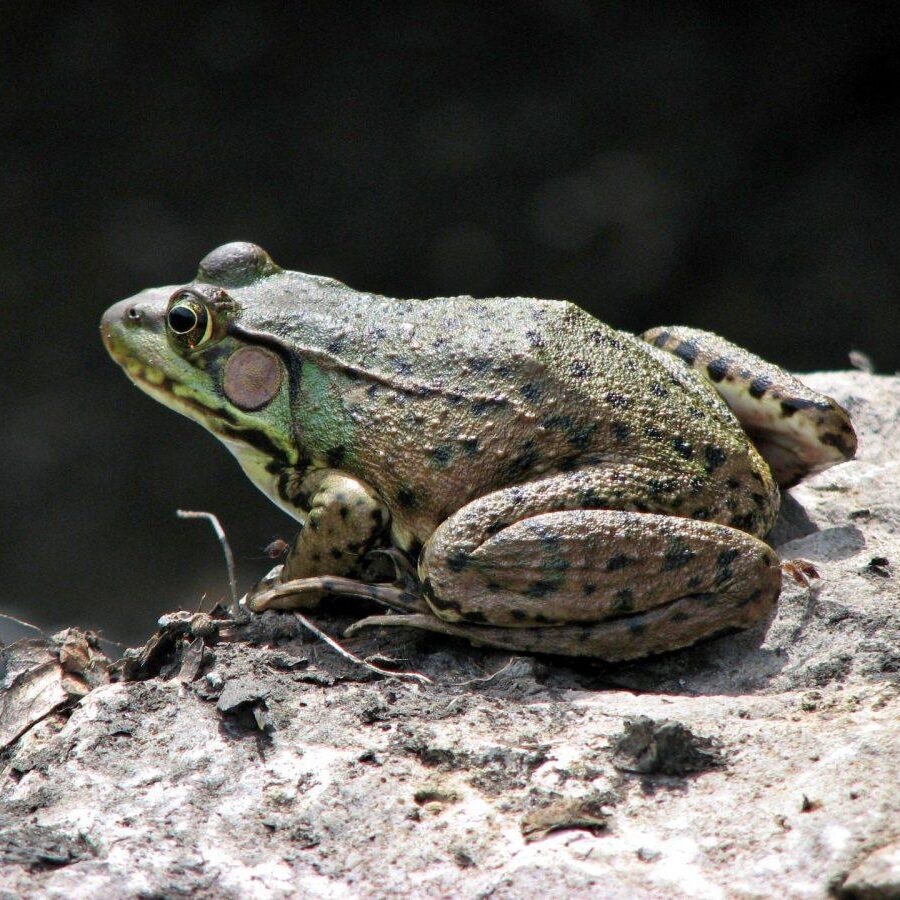
12 species
of fish
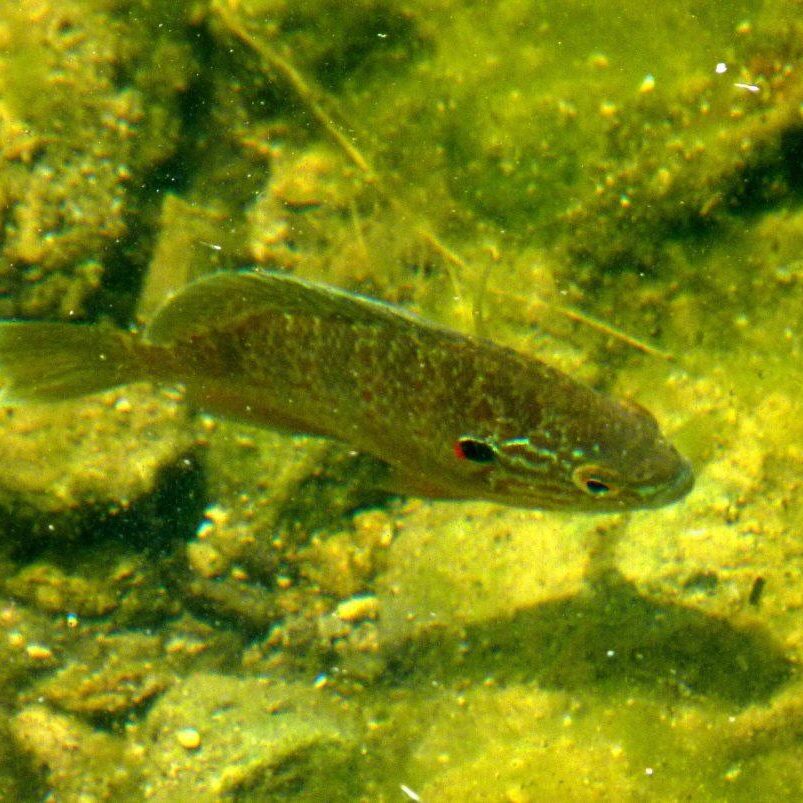
74 species
of butterflies have been found in High Park in recent years, and many of these are known to breed here; a variety of other insects such as dragonflies and bees populates High Park as well
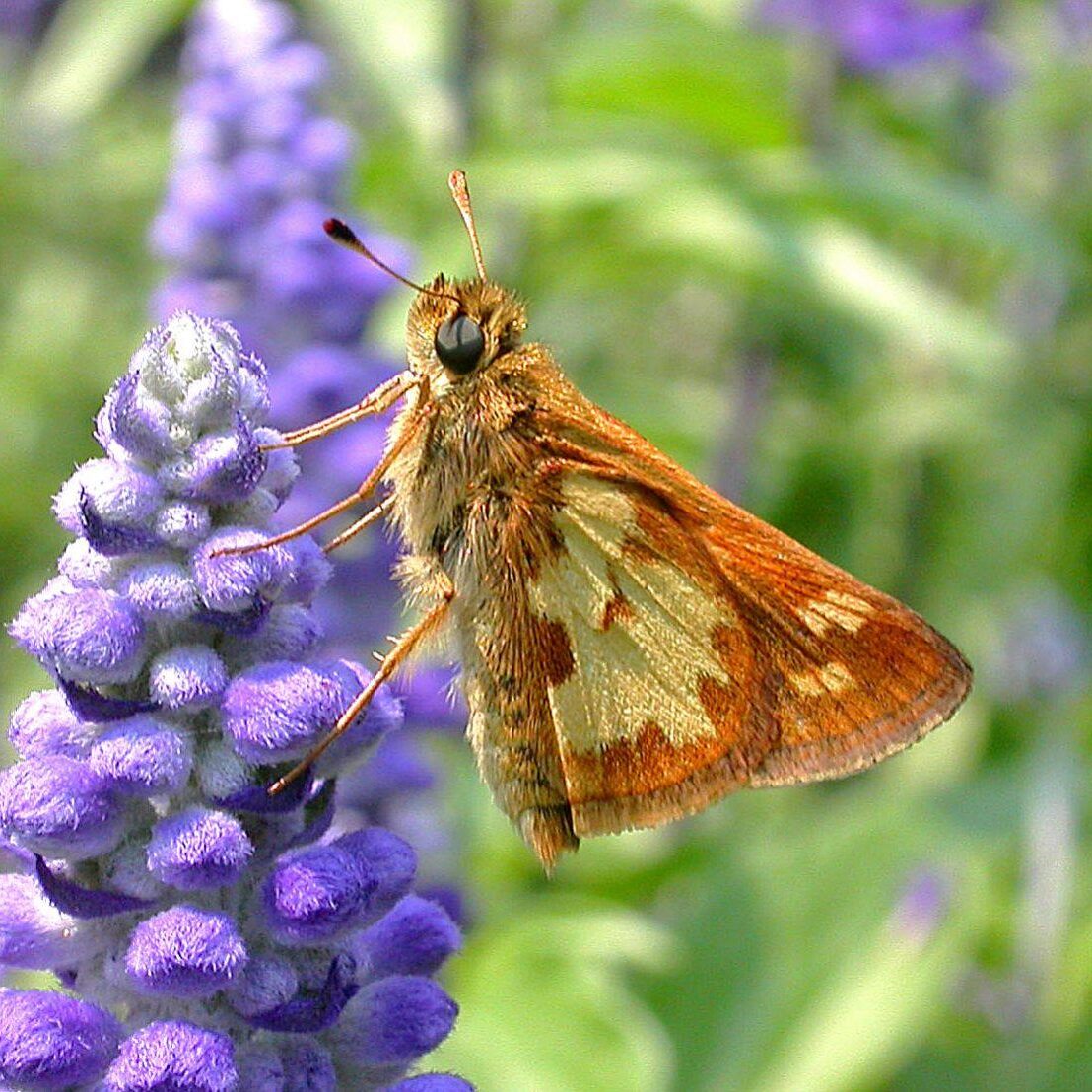
over 1000 species
of moths have been found in High Park in recent years, from tiny micros to showy underwings
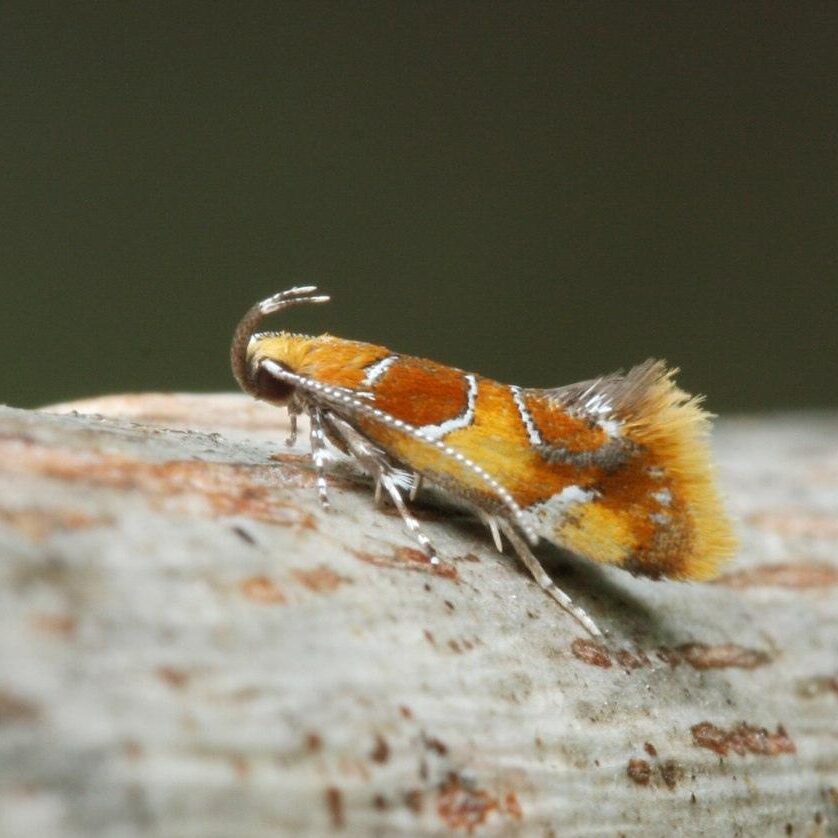
Articles, Galleries and Guides
Biodiversity Booklet Series
Includes: Birds, Butterflies, Spiders, Fishes, Mammals, Bees, Reptiles and Amphibians, Mushrooms, and Trees, Shrubs and Vines of Toronto. Free copies may be available at your local Toronto Public Library branch. To find out more about these free guidebooks or to download a pdf version, visit the City of Toronto's Biodiversity website.


